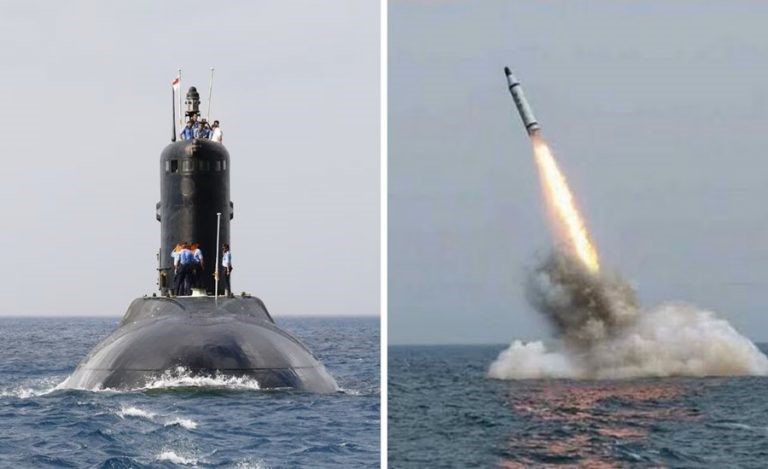



India is developing the K-6 hypersonic submarine-launched ballistic missile (SLBM) with a range of ~8,000 km and MIRV capability, designed for the upcoming S-5 class SSBNs. Developed by DRDO, it enhances India’s second-strike capability with near-impossible interception and rapid response features.

Disclaimer: Copyright infringement not intended.
India is advancing its strategic defence with upcoming sea trials of the K-6 submarine-launched hypersonic ballistic missile.
|
Aspect |
Details |
|
Type |
Submarine-Launched Ballistic Missile (SLBM) |
|
Status |
Under development |
|
Developed by |
DRDO’s Advanced Naval Systems Laboratory, Hyderabad |
|
Designed for |
S-5 Class SSBNs (Nuclear-powered Ballistic Missile Submarines) |
|
Speed |
Hypersonic (Up to Mach 7.5) |
|
Range |
~8,000 km |
|
Warhead Type |
Capable of carrying both nuclear and conventional warheads |
|
Strategic Features |
- Drastically reduced enemy reaction time - Difficult to intercept |
|
MIRV Capability |
Yes, Multiple warheads targeting different locations from one missile |
|
Previous SLBMs in Series |
- K-3: 1,000–2,000 km range - K-4: 3,500 km - K-5: 5,000–6,000 km |
|
Inducted Missiles |
K-4 and K-5 already inducted into the Indian Navy |
Source: News.18
|
PRACTICE QUESTION Q. Examine the strategic significance of the K-6 submarine-launched ballistic missile in enhancing India's nuclear deterrence capability. (150 words). |





© 2025 iasgyan. All right reserved